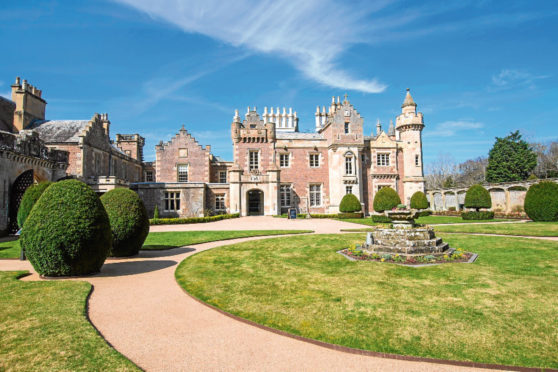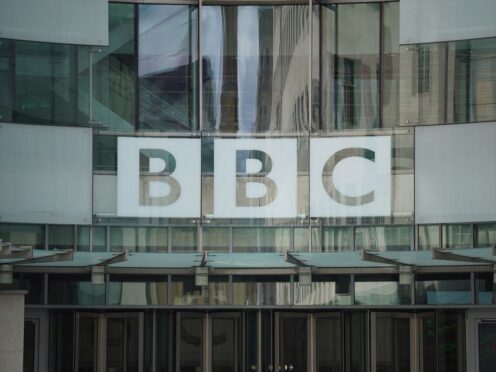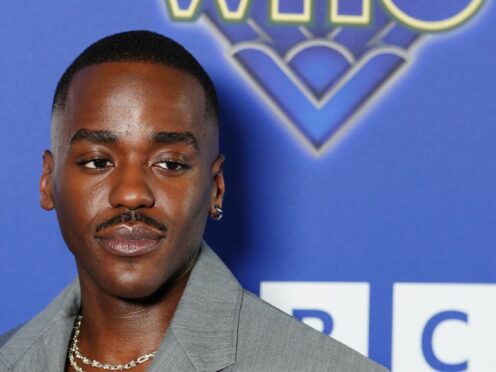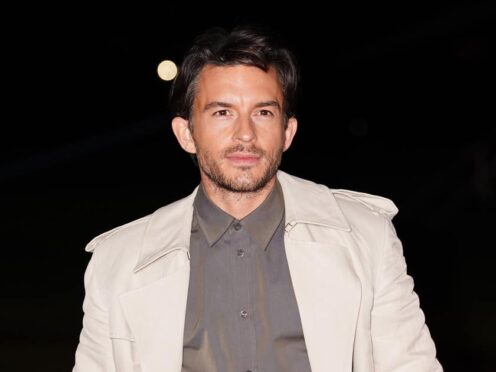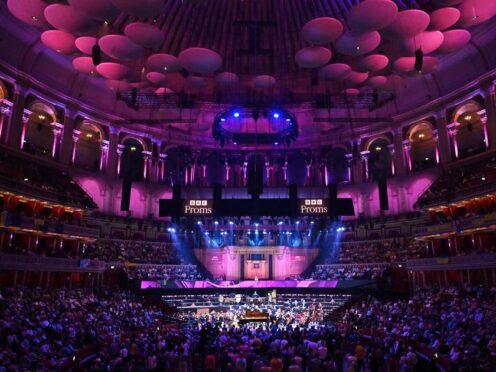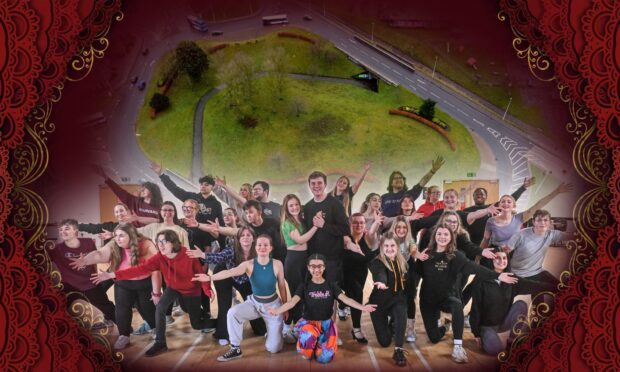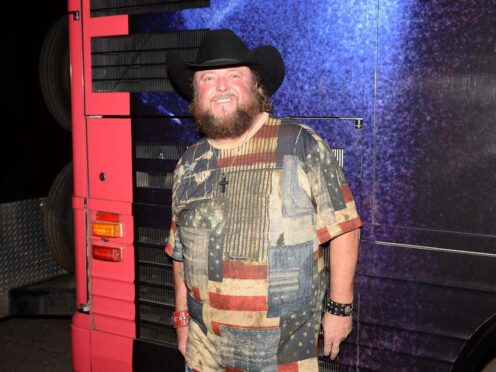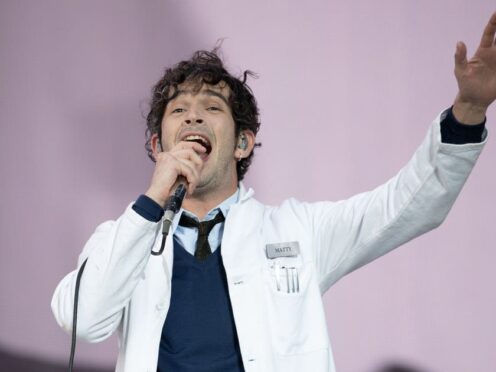Whether it’s hard-hitting crime novels, action-packed adventures or heart-soaring romances, Scotland further cemented its place in the literary history books in 2004 when Edinburgh was named the world’s first UNESCO City of Literature.
And thanks to smash hits like Outlander and Harry Potter, VisitScotland believes interest in the country’s literary links is stronger than ever.
Jenni Steele, film and creative industries manager at VisitScotland, said: “From Robert Burns to JK Rowling, Scotland has world-class literary links. Our landscapes, cities, history and people have inspired writers for centuries, and in turn their stories have helped draw visitors to our shores.
“Since Sir Walter Scott’s The Lady of the Lake, there has been strong ties between literature and tourism, and thanks to the introduction of film and television, everyday people across the world are discovering Scotland.”
So if you’re looking for some inspiration for a day out, why not take a take a journey from page to place and explore the history and heritage that have inspired some of the world’s best-known authors:
SIR WALTER SCOTT
(WAVERLEY, THE LADY OF THE LAKE, ROB ROY)
Abbotsford House, near Melrose, is the ancestral home of Sir Walter Scott. It remains the best place in the country to understand the life and works of one of Scotland’s finest literary exports. A short distance away lies Scott’s View, a stunning vantage point overlooking the valley of the River Tweed and reputed to be one of the acclaimed author’s favourite views.
2017 marked the 200th anniversary of Rob Roy. Inspired by the legends of the Highland folk hero Robert “Roy” MacGregor and set against the backdrop of the Jacobite Rebellion in 1715, the story is narrated by the fictional young Englishman Frank Osbaldistone. Ahead of writing, Scott visited Rob Roy’s cave at the head of Loch Lomond and Glen Falloch, in order to familiarise himself with Rob Roy’s exploits.
ROBERT LOUIS STEVENSON
(TREASURE ISLAND, THE STRANGE CASE OF DR JEKYLL AND MR HYDE, KIDNAPPED)
From buccaneers and buried gold to tales of good and evil, Robert Louis Stevenson was behind some of Scotland’s most imaginative stories including Treasure Island, Kidnapped and the Strange Case of Dr Jekyll and Mr Hyde. The Writers’ Museum in Edinburgh is where you’ll find the most extensive collection of his work. Follow in Stevenson’s footsteps with a trip to Braemar in Aberdeenshire where Treasure Island began after Stevenson was inspired by his stepson, Lloyd, drawing a treasure map. Or head to the Firth of Forth where you’ll find Fidra. The island is mentioned in the novel, Catriona, and was also thought to be an inspiration for Treasure Island. Finally, enjoy a spot of lunch at The Hawes Inn. The pub in South Queensferry not only features in Kidnapped but it is said Stevenson stayed in the inn and actually wrote part of the famous novel in one of the rooms.
JM BARRIE
(PETER PAN)
“The Boy Who Never Grows Up”, or Peter Pan, is the greatest literary creation of Angus author JM Barrie. A statue of Peter Pan still resides at Barrie’s Birthplace in Kirriemuir but it is the fine Georgian townhouse of Moat Brae in Dumfries that Barrie himself credited as the inspiration for Neverland, the enchanted faraway place where Peter Pan and the Lost Boys outwit Captain Hook. Currently undergoing a major redevelopment, Moat Brae, The Birthplace of Peter Pan, is set to open its doors this year.
BEATRIX POTTER
(THE TALE OF PETER RABBIT)
Although born in London, it was Beatrix Potter’s childhood holidays in Perthshire that are believed to have inspired some of her most famous creations, such as Peter Rabbit and Mrs Tiggy-winkle. With a love of small animals and a keen interest in the natural world, she often spent her spare time exploring the Perthshire countryside and writing illustrated letters to young friends. It was in one of these letters that Potter first wrote about the adventures of “four little rabbits, Flopsy, Mopsy, Cottontail and Peter”. Today, visitors to the region can enjoy a trip to Birnam Arts home to the Beatrix Potter Exhibition and Garden, a celebration of Potter’s link to Scotland and her beloved furry fictional friends.
LEWIS GRASSIC GIBBON
(SUNSET SONG, CLOUD HOWE, GREY GRANITE)
Hailed as one of the most important Scottish novels of the 20th century, Grassic Gibbon’s celebrated novel, Sunset Song, encapsulates the struggles of farming life in a small, fictional Aberdeenshire village. Taking inspiration from his surroundings, Grassic Gibbon’s novel mentions many real-life places including Laurencekirk, Stonehaven, Dunnottar Castle and The Aberlemno Standing Stones in Angus. Arbuthnott, where Grassic Gibbon was born, is now home to The Grassic Gibbon Centre, the perfect place to learn more about the life, inspiration and history of the acclaimed author.
JK ROWLING
(HARRY POTTER)
It’s been exactly 20 years since “muggles” were introduced to Harry Potter, Hogwarts and the wider wizarding world. Edinburgh clearly cast a spell on author JK Rowling with the series beginning and ending in the city and its landmarks inspiring some of the book’s most recognisable places and people. Fans can embark on their own “Potter Pilgrimage” by visiting The Elephant House, a café in the heart of the Old Town where much of the first and second books were written; George Heriot’s School, the reputed inspiration for Hogwarts School of Witchcraft and Wizardry; and Greyfriars Kirkyard, the final resting place of Tom Riddle, aka Lord Voldemort. In the Highlands, catch a train on the West Highland Line, aka the railway that took Harry from Platform 9 and 3/4 all the way to Hogwarts. The route leads from Glasgow to Mallaig and passes over the iconic Glenfinnan Viaduct. Another way of experiencing the bridge is by catching the Jacobite steam train at Fort William, which heads for Mallaig.
DIANA GABALDON
(Outlander)
Claire and Jamie’s epic love story may take centre stage in the Outlander saga, but Scotland’s sweeping scenery, romantic castles and fascinating history are far from just the support act, helping attract thousands of visitors to our shores. The blockbuster fantasy series, along with the smash-hit TV show, have inspired a range of tours and catapulted the real-life attractions and places from the series into the spotlight. Fan favourites include Culloden Battlefield, the Palace of Holyroodhouse at the foot of Edinburgh’s Royal Mile, Doune Castle as the fictional Castle Leoch and Clava Cairns, the rumoured inspiration for the mysterious Craigh na Dun, which swept Claire back in time.
For further inspiration, plus information about other Scottish authors, check out VisitScotland’s A Timeline of Scottish Literature, or find further details at the website www.visitscotland.com/scotliterature
